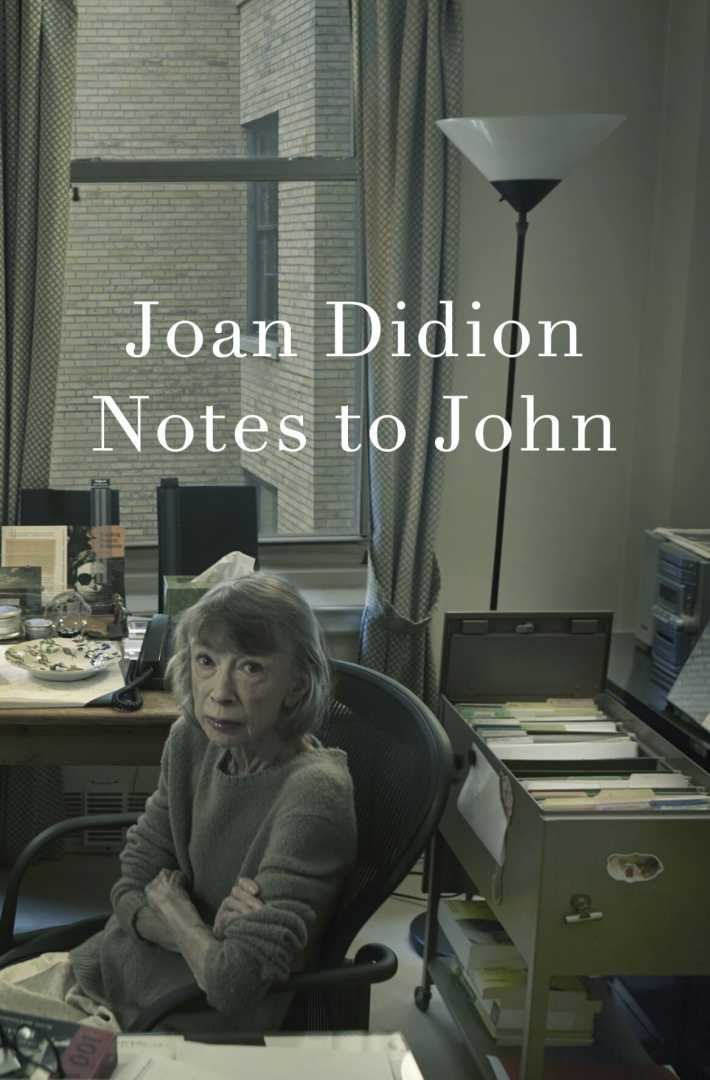Entertainment
Joan Didion’s ‘Notes to John’ Reveals Personal Struggles and Inner Turmoil

New York, NY — A posthumous collection titled “Notes to John” by acclaimed author Joan Didion is set to release on April 22, 2025. The manuscript, discovered in Didion’s archives at the New York Public Library, consists of personal notes from her therapy sessions.
These entries, written between 1999 and 2002, address Didion’s struggles related to her daughter, Quintana Roo Dunne, who faced severe alcohol-related issues before her death in 2005. Didion wrote openly, reflecting on her family dynamics, her relationship with her daughter, and the emotional toll of caring for someone with such challenges.
Throughout the notes, Didion confronts her anxieties, stating, “All my life I have turned away from people who were trouble to me. Cut them out of my life. I can’t have that happen with Quintana.” This raw admission highlights her internal conflict and the depth of her maternal love.
Critics have voiced concerns about the publication of the material, suggesting it might betray Didion’s intent for privacy. One friend characterized the release as a “tremendous betrayal of her privacy,” citing Didion’s earlier expressed hesitance about publishing personal materials.
At the same time, supporters argue that these entries open a new window into Didion’s life, depicting her struggles and showcasing her vulnerability. Literary historian David Ulin commented, “Notes to John represents a corrective to Blue Nights,” Didion’s earlier work, suggesting these notes offer a more human perspective of the author.
The book is said to differ significantly from Didion’s previous, more curated work. The entries appear straightforward and intimate rather than stylized, offering readers a glimpse into an author grappling with her family’s tragedies without the polished veneer of traditional narrative.
As anticipation builds for the release, fans and critics alike await the opportunity to engage with Didion’s most personal reflections, making “Notes to John” a potentially significant addition to her literary legacy. Whether this publication offers closure or further complicates her narrative remains to be seen.












